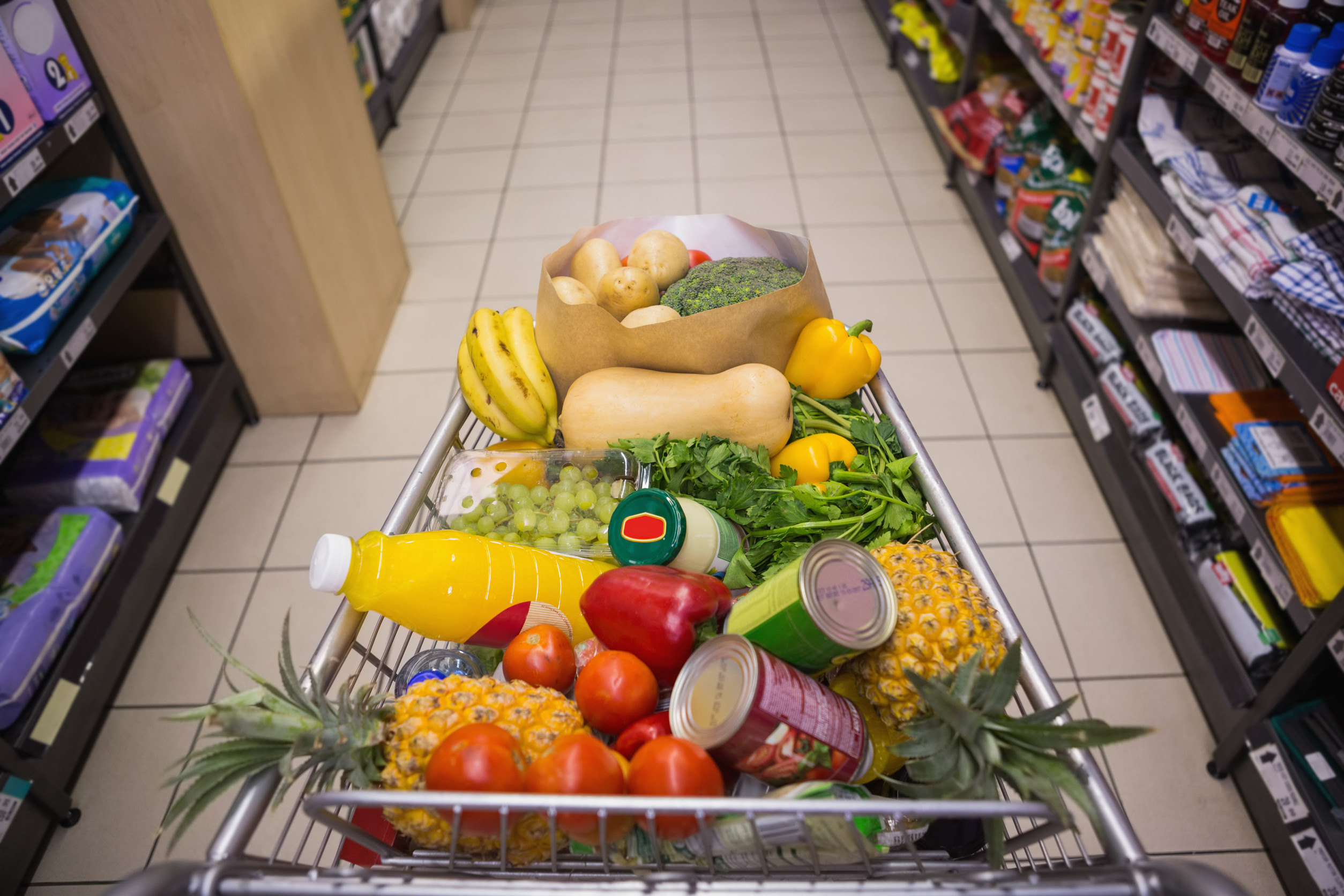
Ever glanced at a pre‑weighed package in the grocery aisle and wondered if you’re actually getting what’s on the label? With food prices rising, it’s more important than ever to know you’re not short‑changed. As it turns out, regulatory safeguards and modern weighing systems do help—but small discrepancies still happen. This article digs into how accurate pre‑weighed packages really are and offers practical advice to protect your wallet and expectations.
Regulations Allow Some Weight Variations
It’s unrealistic for packaging to be perfectly accurate every time, and regulators understand that. Laws based on NIST Handbook 133 allow a small variance—known as the Maximum Allowable Variation (MAV)—so products can be slightly underweight yet remain compliant. Essentially, the average across a batch must not fall below the label weight, and no individual package can be off by too much. That means seeing a little shortfall occasionally can still be within legal limits. The bottom line? A few grams lost might not be theft, just legal leeway.
Tare Errors Are a Common Source of Inaccuracy
One of the biggest culprits behind inaccurate pre‑weighed packaging is errors in tare calculation—the weight of packaging itself. If tare isn’t calculated correctly due to manual data entry mistakes, system glitches, or even changes in packaging materials, the result can be under‑ or over‑weighed products. Retail inspectors often use a “tare verification procedure” to catch these mistakes and ensure scales are configured properly. So even if the product inside is perfect, mismeasuring the packaging can skew the final weight.
Industrial Checkweighers Improve Accuracy—But Have Limits
Many manufacturers use advanced checkweighers to keep weights within acceptable limits. These machines measure each item and automatically reject those outside the allowed range. However, even the best equipment isn’t foolproof—calibration issues, conveyor misalignment, or environmental factors like vibration can still introduce errors. These systems help reduce discrepancies, but occasional misweights can still slip through, especially in high-volume packaging lines.
Measurement Uncertainty Grows with Smaller Weights
The smaller the package, the trickier it becomes to measure accurately. Scales have inherent measurement uncertainty—small deviations that become more noticeable in light objects. On low‑weight items, that uncertainty can edge closer to the MAV, making even legal tolerances feel significant. So when you’re buying a tiny portion, slight weight differences are more likely—and perfectly normal within technical limits.
Weight Fraud Still Happens Occasionally
While most packaging strives for accuracy, fraudulent or negligent practices aren’t unheard of. There have been instances where stores or producers misled customers—failing to subtract packaging weight properly or deliberately mislabeling weight. Regulatory bodies do conduct inspections, and companies have faced serious penalties for violations. But considering the complexity of supply chains, occasional short-weighting can occur—whether intentional or not.
What It Means for You at the Checkout
In many cases, pre-weighed packages are accurate enough to justify the price—but a little awareness goes a long way. Know that small weight variations are legally allowed, but repeated underweight bags might be worth noting. When buying lightweight items or larger packs, errors have less impact, but with smaller portions, minor discrepancies feel much worse. If you suspect misweighing, weigh it yourself or raise it with store management—it could lead to recalibration or quality checks.
Weighing the Facts: Accuracy Still Holds Up
Modern standards, technology, and regulations keep pre-weighed packages mostly reliable, but perfection isn’t guaranteed. Variations in tare, measurement uncertainty, and occasional system errors ensure that slight discrepancies remain part of the game. That said, legal safeguards and industry practices work hard to protect consumers. How often have you checked whether that bag of chips was short by a noticeable amount? Let’s compare notes.
Ever caught a bag or can that seemed lighter than advertised? Share your weight shockers—or wins—in the comments below!
You May Also Like…
- Why Food Scales Are Under Government Investigation
- 9 Deli Items That Are Pre-Packaged but Marketed as Fresh
- 7 Packaged Meats That Were Pulled Due to Cross-Contamination Risk
The post Are Pre-Weighed Packages Even Accurate Anymore? appeared first on Grocery Coupon Guide.







